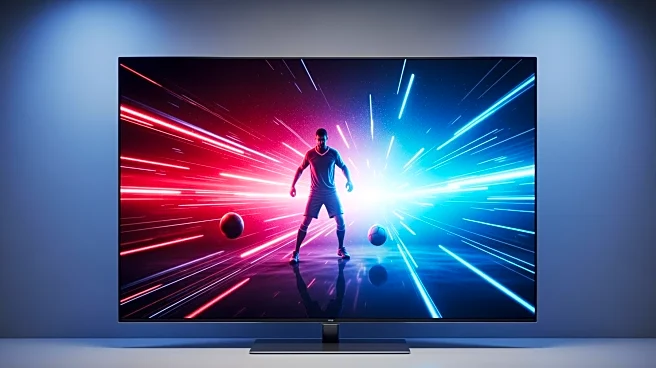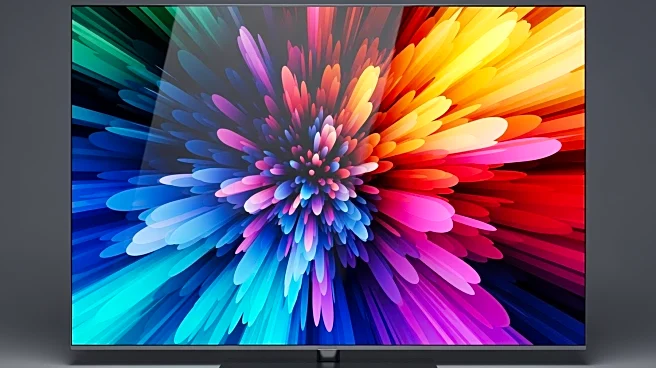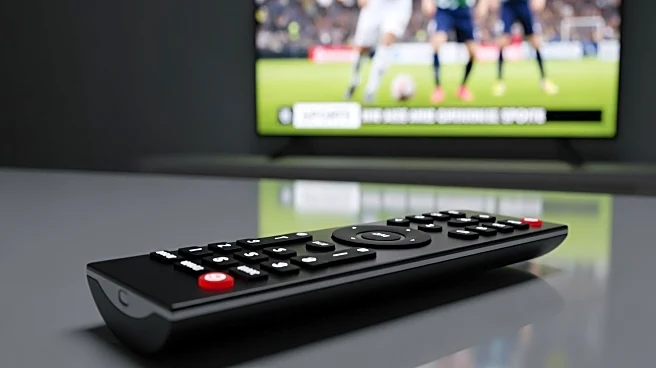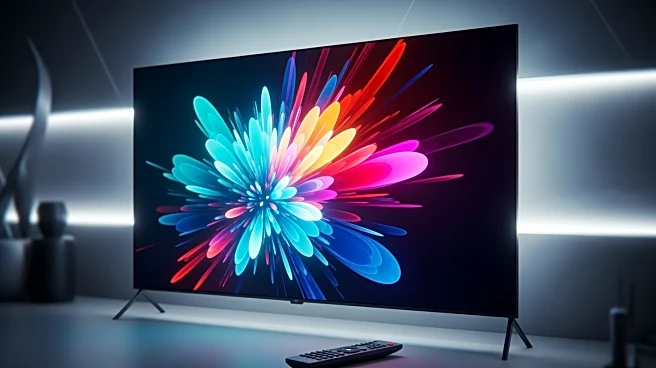What's Happening?
A contract dispute between YouTube TV and Disney has resulted in the removal of several popular channels, including ABC and ESPN, from the streaming service. This outage comes at a critical time as the NCAA
football season intensifies and college basketball begins, leaving sports fans without access to major games. The disagreement centers around the 'carriage fee' that YouTube TV pays Disney to broadcast its channels. Disney claims that YouTube TV is not offering sufficient payment for its content, while YouTube TV, owned by Google, has requested Disney to restore the channels during ongoing negotiations. The outage affects over 9 million YouTube TV subscribers, who now lack access to a range of Disney channels, including ABC News Live, Disney Channel, and various ESPN networks.
Why It's Important?
The outage has significant implications for sports fans and the streaming industry. With YouTube TV being the largest internet TV provider, the removal of Disney channels disrupts access to popular sports content, potentially driving subscribers to alternative services like Hulu + Live TV, Sling TV, and ESPN+. This dispute highlights the ongoing challenges in negotiating carriage fees between content providers and streaming platforms, which can impact consumer access to desired programming. The situation underscores the competitive dynamics in the streaming market, where companies leverage their subscriber base and content offerings to negotiate favorable terms.
What's Next?
Negotiations between YouTube TV and Disney are ongoing, with no clear timeline for resolution. Historically, similar disputes have been resolved within days, but the outcome remains uncertain due to Google's substantial bargaining power. YouTube TV has offered a $20 credit to subscribers if the outage persists, although reports of credits being issued are limited. Disney is encouraging viewers to advocate for the return of its channels through the keepmynetworks.com site. Subscribers may need to explore alternative viewing options, such as using an aerial TV antenna for local broadcasts or subscribing to other streaming services.
Beyond the Headlines
The dispute raises broader questions about the sustainability of current carriage fee models in the streaming industry. As streaming platforms grow in influence, content providers may face increased pressure to negotiate terms that reflect the changing landscape. This could lead to shifts in how content is valued and distributed, potentially affecting pricing and availability for consumers. The situation also highlights the importance of strategic partnerships and the role of consumer advocacy in shaping media access.











